Methods of Multiplication
“We celebrate every time a disciple makes a disciple and a congregation’s spiritual fervor boils over so intensely the church multiplies itself. There must be a variety of models (requiring a variety of gifts and callings) in that multiplication because the church was not meant to stay put. We will celebrate these things until our people are bringing a transforming presence into communities scattered across the mission field of North America and to the ends of the earth.” – Dr. Wayne Schmidt
In Greater Ohio, our regions, networks, local pastors, and congregations, are empowered and released to multiply mission, disciples, leaders, and congregations as led by the Holy Spirit and determined by the needs and resources of each situation. Flexibility to the will and reign of God for mission and multiplication has become a district-wide dictum. Every church plant will not be the same, look the same, or provide the same kinds of ministries. There is no perfect picture for a new congregation in this postmodern culture. New congregations will be formed in different ways, for different purposes, in different places, and for different people.
We believe the multiplication of new Kingdom communities (or congregations) should be the direct result of our theological alignment to the missio Dei (the mission of God to redeem his creation). In other words, we do not just plant churches, we are on a quest to multiply mission, which in turn, will ultimately result in new disciples, new leaders, and new congregations. This necessitates that fresh expressions of Kingdom communities will become the new norm.
We also encourage each pastor and congregation to gravitate towards the goal of recruiting, assessing, and equipping launchable leaders. According to Ransom pastors Phil Tague and Cody Tupps, a launchable leader is identified as “someone who has minimum requirements, but with high accountability, needed in launching a church.” In every congregation there are people God can use for the purpose of multiplication. Multiplicative minded pastors will discover these people and send them into the harvest field.
With that said, we also realize there are common ways through which new congregations are created. Below is a list of some of the paths that can be taken for birthing new Kingdom communities.
To discuss any of these ideas, please feel free to email Chris Dyer or any of our team synergists.
1. Missional Communities model
This generally describes small gatherings of people, often in homes, with a mission of impacting their neighborhood with the love of Jesus. These groups engage in missional activities which may impact neighbors, schools, or other organizations. These groups should grow and multiply and, as they do, they will often create a major gathering point for worship and celebration. “Church” is not done on Sunday mornings but through the week as group members live missionally in their neighborhoods. The Sunday celebration (or whenever it is held) is a subset of missional activity through the groups. Mission ultimately creates a congregation, not the opposite.
2. Community Development model
This is the act of planting a new congregation as the eventual result of the effectiveness of a faith-based organization with a mission to improve a community. It places mission before church planting and community improvement before simply forming a congregation. Many community development organizations will exist for several years before there is a need or opportunity for forming a new congregation, but a new congregation is needed to address the spiritual needs that often cannot be met through community development efforts.
3. Multi-site multiplication model
In their book, The Multi-Site Revolution, Being One Church in Many Locations, Surrant, Ligon, and Bird, define the multi-site church and describe the movement: “A multi-site church is one church meeting in multiple locations – different rooms on the same campus, different locations in the same region, or in some instances, different cities, states or nations. A multi-site church shares a common vision, budget, leadership and board.”[1]
A congregation, in conjunction with size, resources, and vision, can create another gathering point at another location. This can be done as a video venue or with a campus pastor who serves as a live speaker during the services. These campuses often replicate the ministry or the main campus but serve very well for the purpose of multiplying mission and presence.
[1]. Geoff Surratt, Greg Ligon, and B Warren, The Multi-site Church Revolution, Being One Church in Many Locations (Grand Rapids, MI: Zondervan, 2006), 18.
4. Parent Church Model
A pastor and congregation can possess a vision to plant a church directly out of their church body. This can be done in a variety of ways, but in such cases the main church body embraces the vision, recruits a planting pastor, and strategically develops ways to guide, support, and resource the new plant. A parent church may give up finances, leaders, and attendees to assure the success of a new Kingdom community. The new work is their “baby”, and the parent congregation is responsible to care for the new child.
5. The Sponsor Church Model
The sponsor church is like that of the parent church but is often more detached from the planter and the new community as indicated by the name itself. A parent church is seen as a mother or father. A sponsor church is viewed more as a supportive agency. They will support the planter and new congregation through finances and resources, but as may be discerned, the depth of commitment and responsibility is higher through a parenting church. As Christians often sponsor missionaries through finances and prayer, sponsoring churches do much of the same. Under the right circumstances a sponsor church could become a parent church or may even join other sponsoring churches to form a solid supportive network.
6. Local Church Restart Model (Legacy Churches)
There are dying churches in every denomination and district. Some of those churches have buildings, resources, and even people, who can be used for a re-start or the planting of a new congregation. The right pastor, with the right gifts, can go into such a situation, re-envision the ministry, re-name it, and after sufficient work, prayer, and strategic planning, a new community can be born. Not every dying church has to die, however, when a church does die there may be something left behind that can enable the birth of a new congregation. This constitutes something we call “The Legacy Church Initiative.”
7. Network birthing model
A network of churches formed through the district, a local church, or even an outside organization, will pool resources, select a planter, fund coaching and training, and provide relational support and encouragement to assure the success of the new planter and congregation. The district acts as a resourcing agent for the network.
8. Birthing through a new service model
A church body can begin a new service and often double its attendance. However, that new service can be created with the intention of starting an entirely new congregation. For example: a new service can be created for Saturday night worship with the intention of reaching a fresh demographic. As that new service develops and grows, you can have a church within a church. It can then become a congregation of significant autonomy and eventually could move to a different locale. A new service can increase the size of the present congregation, but it can also be the birthing place for an entirely new congregation. It can become autonomous, but it is entirely possible for a church body to consist of many congregations.
9. New needs based gathering model
A book club, an exercise group, a mom’s support group, or maybe even a biker’s club, can be turned into a gathering for Kingdom advancement and eventually offer a place and time for worship.
10. Team migration model
Some church planters recruit a team and then move to an area to live, work, and do ministry. In this model a team of 5 couples may make a collective decision to move to a specific city or area to plant a church. They will move together, find jobs in the community, and by intentionally impacting lives in the workplace and community they begin building relationships and recruiting people for a new congregation.
11. Cell based model/Micro-Church/Home Church Model
This model could be easily confused with the missional community model. While the micro church model, like every church, should be missional and multiplicative in nature, the focus is upon doing “church” at home or in small home-sized groups. Each micro-church will be included in a network of identical groups which would reproduce more cells or homes churches. A large gathering with all the micro-churches (usually bi-weekly or monthly) is created as a way for micro-church participants to gather for collective worship, celebration, baptisms, fellowship, special events, etc.
12. parachute Plant Model
Parachute plants are typically characterized by “dropping” a qualified church planter into the middle of a community to form a body of worshippers from “scratch.” Money and resources will be provided, but forming a core group, gathering people to create a congregation, finding a place to worship, and building ministries is left to the planter and the team he/she has recruited to help.
13. MARKETPLACe or microchurch PLANT MODEL
There was a time when bi-vocational/co-vocational ministry was necessary. When viewed as a necessity it is generally the primary goal for the pastor to eventually come in a "full-time" capacity. In the marketplace model, the thinking is opposite: "How can we get into the marketplace and meet people where they are already doing life?" In the marketplace we meet with saints and sinners alike, we become Missional Practitioners rather than Missional Theorists. Paul had his tent making, Peter had his fishing business, Lydia sold fine purple linens, Luke was a physician - in the marketplace God can turn your work into worship, your market into a mission field and your clientele and employees into a harvest.













